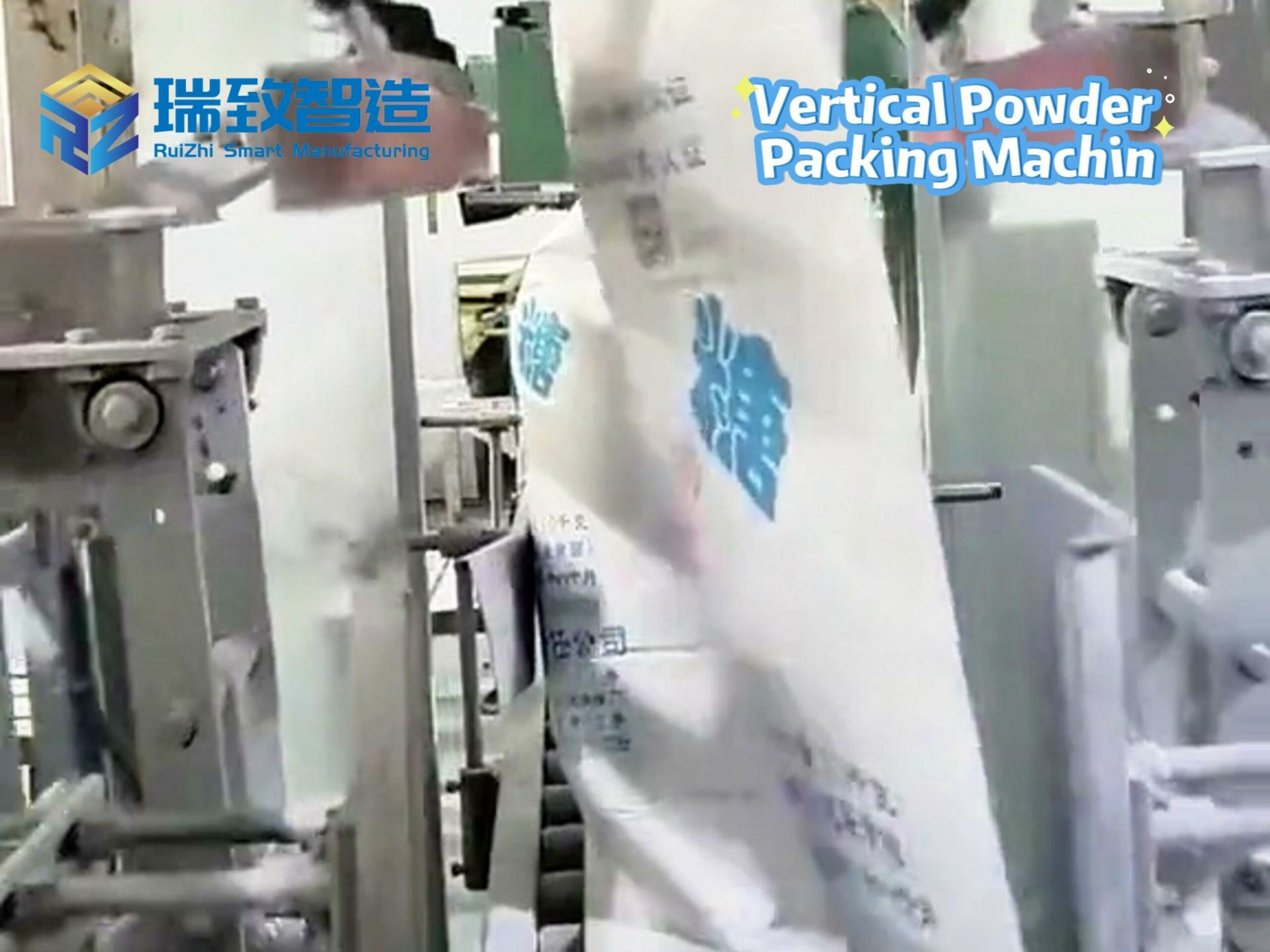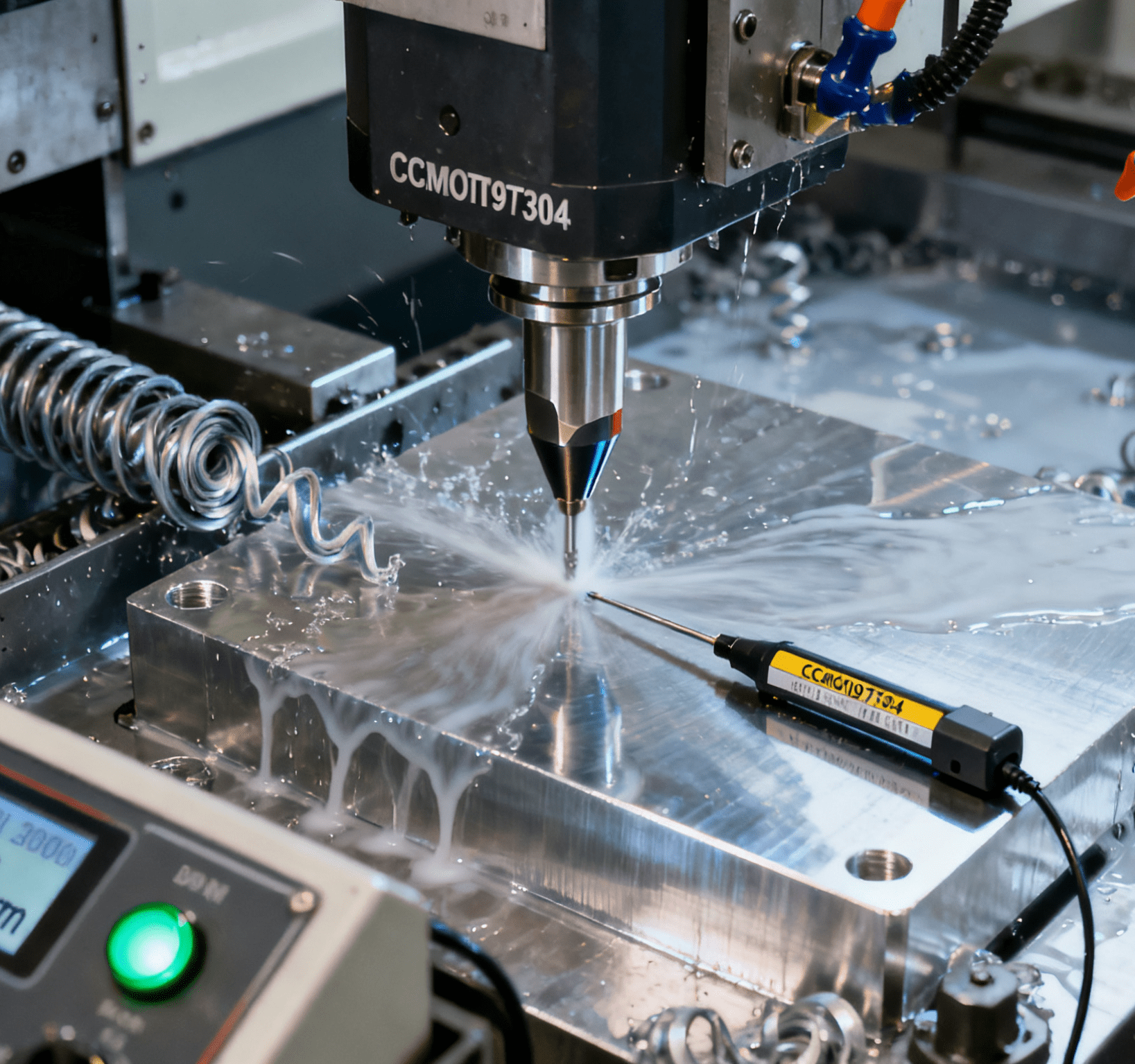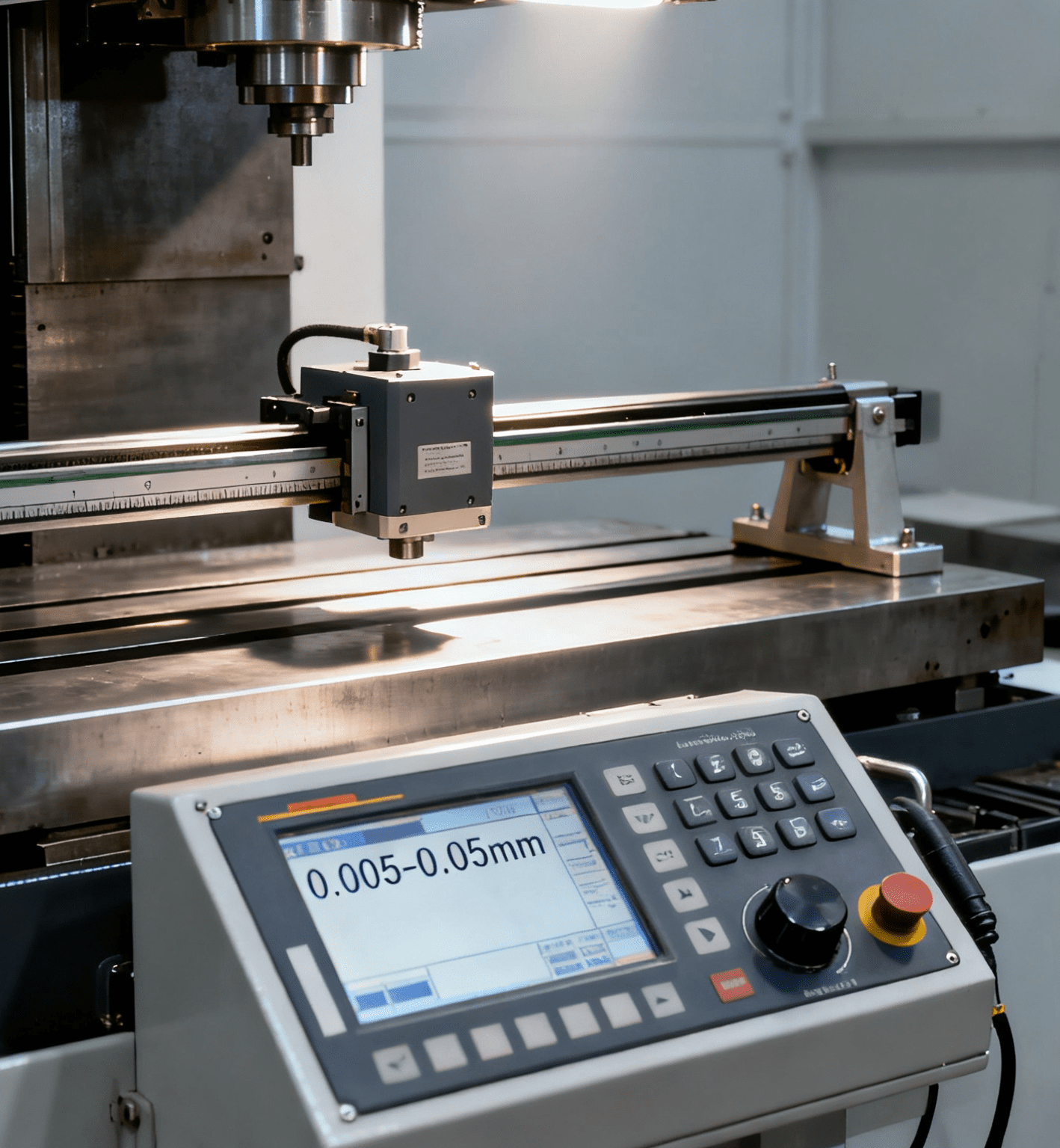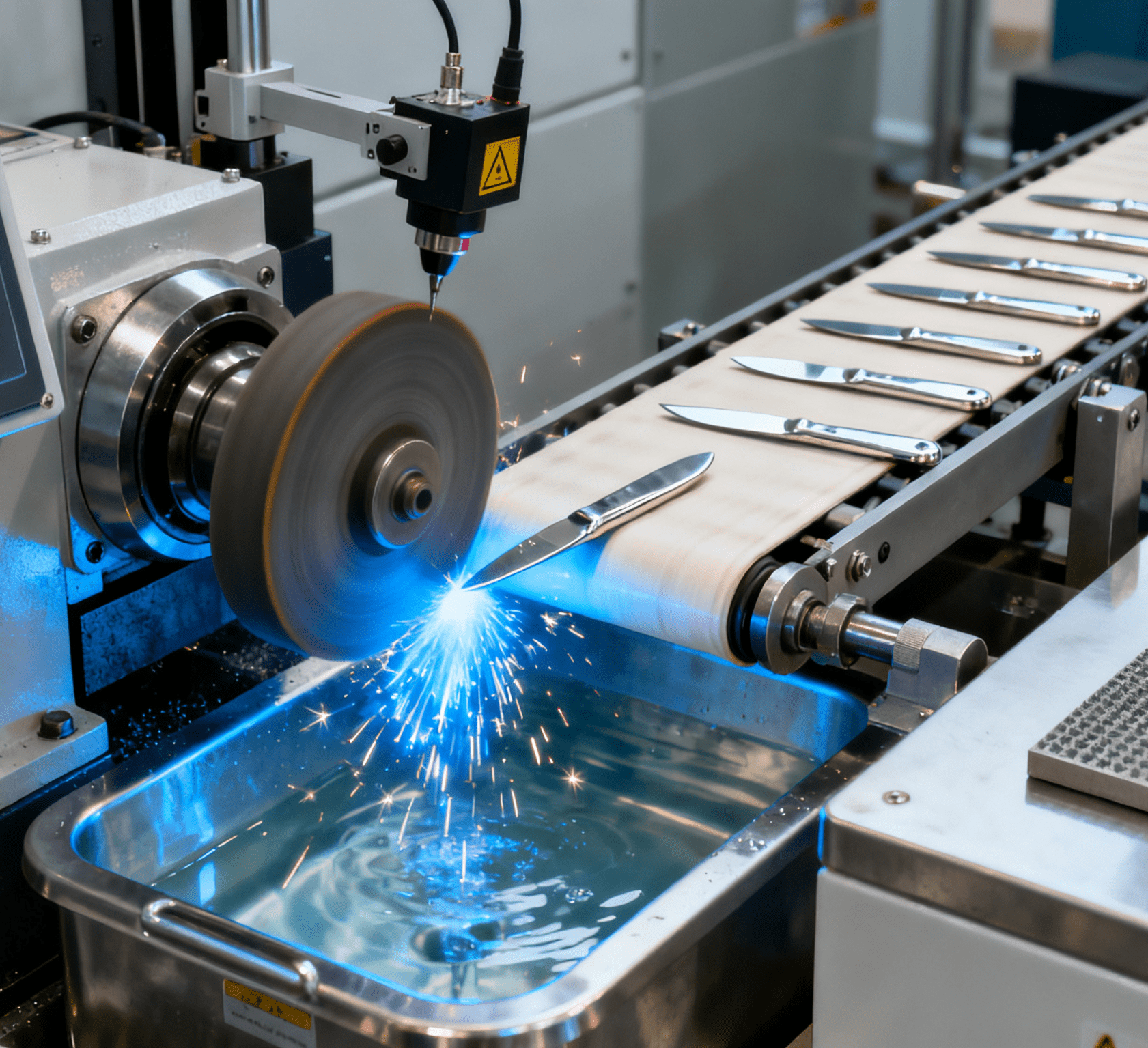Boomi CEO Steve Lucas on Why Intelligent Automation Is Now Critical to Business Survival
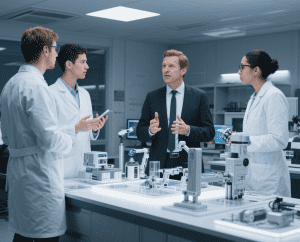
In an era where efficiency and adaptability define industrial competitiveness, intelligent automation has emerged as a lifeline for businesses across sectors—from high-tech enterprises to traditional manufacturing like Bathroom Fixture Assembly Equipment. As global markets demand faster turnaround times and smarter processes, even industries rooted in physical production must embrace AI-driven solutions to thrive. Boomi CEO Steve Lucas underscores this urgency, arguing that intelligent automation is no longer a luxury but a survival imperative—one that reshapes how organizations, including those in bathroom fixture assembly, manage workflows, optimize resources, and stay ahead of disruption.
Gone are the days when automation was confined to repetitive tasks. For industries like Bathroom Fixture Assembly Equipment, where precision in assembling faucets, showerheads, and complex components is non-negotiable, intelligent automation now offers adaptive systems capable of real-time decision-making. “We’ve entered the era of AI-driven automation,” Lucas emphasizes. “No business, regardless of industry, can afford to ignore injecting AI into every process.” Take a bathroom fixture manufacturer: traditional assembly lines relying on rigid, if-this-then-that logic struggle with product variations or supply chain shifts. Intelligent automation, however, enables flexible workflows that adjust in real time—whether reconfiguring robotic arms to assemble a new faucet design or optimizing inventory management based on demand fluctuations.
Boomi’s data speaks to this momentum: customers have deployed 33,000 AI agents, leveraging no-code tools to design solutions tailored to their needs. For Bathroom Fixture Assembly Equipment operators, this means empowering engineers and technicians—without coding expertise—to build AI agents that monitor assembly precision, predict equipment maintenance, or even simulate new production layouts. “It’s about malleability,” Lucas explains. “Legacy systems break when variables change; intelligent automation bends but doesn’t break.” Imagine a showerhead assembly line where AI agents detect subtle defects in real time, rerouting components for rework without halting production—a capability that reduces waste and ensures compliance with rigorous quality standards.
Yet with great power comes the need for governance. Lucas highlights Boomi’s “AI agent control tower,” a centralized oversight tool that acts like air traffic control for digital systems. In the context of Bathroom Fixture Assembly Equipment, this translates to real-time monitoring of robotic performance, ensuring that automated processes align with safety protocols and regulatory requirements. “Trust is non-negotiable,” he says. “Manufacturers must validate that every automated decision—from component placement to quality checks—upholds their brand standards.”
The human element remains central to this transformation. Intelligent automation doesn’t replace workers in bathroom fixture assembly; it amplifies their expertise. Technicians can now use prompt-based interfaces to design agents that address niche challenges, such as optimizing water flow testing for unique faucet designs or reducing energy consumption in production lines. “If you can write in English, you can build AI agents,” Lucas notes, democratizing innovation. This shift frees skilled workers from repetitive tasks, allowing them to focus on refining processes or developing new product lines—critical for staying competitive in a market increasingly driven by smart, customizable 卫浴产品 (bathroom products).
As Lucas concludes, the message is clear: survival in today’s economy hinges on embracing intelligent automation as a core strategy, not an afterthought. For industries like Bathroom Fixture Assembly Equipment, this means transcending traditional automation to adopt adaptive, AI-powered systems that learn, adjust, and grow with business needs. “It’s a technology race,” he warns. “Those who hesitate will be left behind.” Whether through agent-driven workflows, predictive maintenance, or human-automation collaboration, the future belongs to organizations that treat intelligent automation as the engine of their transformation—one that powers both efficiency and innovation, even in the most seemingly traditional corners of manufacturing.

